- 01 Aug 2023

Difference between Conventional APIs and NDC APIs

NDC APIs are transforming the travel technology landscape and catering to the fundamental needs of everyone involved in a customer’s journey. If we take the airline industry per se, initially, a large portion of their spending would not allow them to differentiate products and sell them to their clients. The legacy GDS or Global Distribution System did not offer the kind of primary benefits that the NDC API does.
What is NDC API Integration?
An acronym for New Distribution Capability, the NDC is the brainchild of IATA or the International Air Transport Association, which believes in carrying out the best practices to the benefit of travelers as well as the industry. Working per the international air travel regulations, using XML, a system was developed that could offer comprehensive information, allowing airlines to promote their products and services better. The NDC also eliminated issues around conventional structures, making travel shopping an experience the customer could enjoy. IATA has been testing, adjusting, and fine-tuning the NDC since its deployment in 2012. Currently, the NDC API is being used by several airlines. However, the integration today has expanded beyond just the airlines – such as hotels, activities, and even cruises. End-to-end content acquisition through the modernized NDC API, meant for every travel business sector, is a great way to ensure that customers get a seamless experience wherever they begin their journey.
Conventional APIs
Traditionally, the GDS or Global Distribution System was used to facilitate transactions between customers, travel providers, and OTAs. Information review, comparison, and purchase could be facilitated with vendors in real time using EDIFACT or Electronic Data Interchange for Administration, Commerce and Transport, and TELETYPE. EDIFACT or Type A messages provided interactive communication synchronously, while Type B messages or TELETYPE were meant for international booking. However, with no or limited scope of product comparison, the GDS was a mere display of flight times and prices. The airlines recognized that there was a need for more.
Stark Differences
While both were APIs or application programming interfaces that integrated data, NDCs provided rich content, while GDS showcased information. This means there was only a reservation system that gathered information from various sources, while the NDC lookup API offered more tailored services and, of course, the lowest fares.
Historically, low-cost carriers were excluded from the GDS. Now, the NDC allows them to compete with the big carriers directly. Due to the NDC's ability to support rich content, LCCs (low-cost carriers) can be compared visually against high-end carrier offerings.
Conclusion
Airlines can produce and deliver offers most appropriate for their clients regardless of the distribution channel with the NDC data interchange. Besides, GDS fees are eliminated for reservations on the providers’ websites. Some benefits of the latest IATA NDC APIs are individualized offers, efficient pricing, and superior passenger experience. Rich content derived from the modern system also contains visuals, videos, and graphics. Most significantly, the information encourages users to pay more for premium experiences, which, in turn, boosts airline earnings.
Recent Post
-
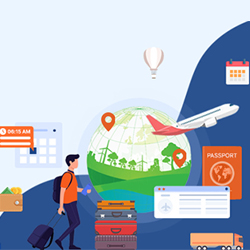
Sustainability in Travel : How travel technology drives eco-conscious tourism
25 Apr 2024
-
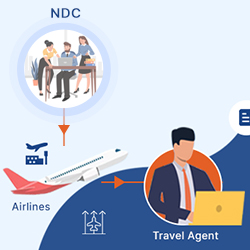
The Collective Power of NDC for Airlines, Agents, and Customers and its benefits in the travel chain
11 Apr 2024
-
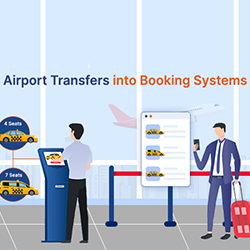
Streamlining Travel Experiences: The Importance of Integrating Airport Transfers into Booking Systems
27 Mar 2024
-

Hotel API Integration: Why it’s important for travel businesses
18 Mar 2024
-
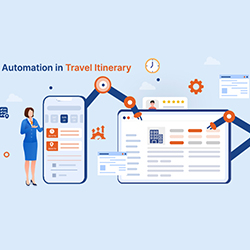
Automate the itinerary building process 5 reasons why travel agents need a travel itinerary tool
27 Feb 2024
-
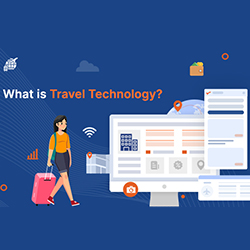
What is travel technology? An overview and its role in the travel / tourism industry
12 Feb 2024
-
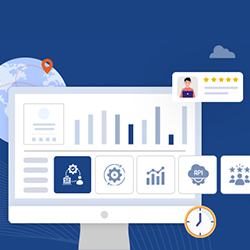
Why Every Travel Agent needs an Online Booking System in the Modern Digital Age
18 Jan 2024
-

The Role of Analytics in the Travel Industry
08 Jan 2024
-
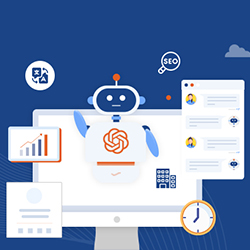
How ChatGPT can improve the Travel and Tourism sector with it’s AI capabilities
26 Dec 2023
-
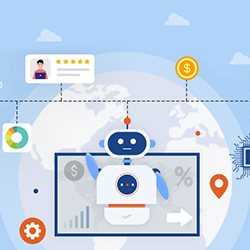
AI-powered Journeys: How AI is Reshaping the Travel Landscape this Holiday Season
22 Dec 2023
-

The Crucial Role of an Automated Mid-Back Office Solution for Streamlining Travel Operations
11 Dec 2023
-
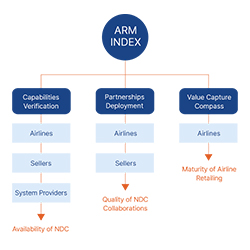
A Guide to IATA ARM (Airline Retailing Maturity) index
30 Nov 2023
-
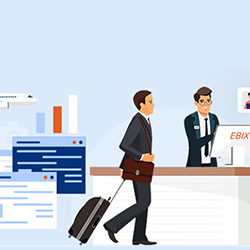
A Guide to Corporate Travel Management
16 Nov 2023
-
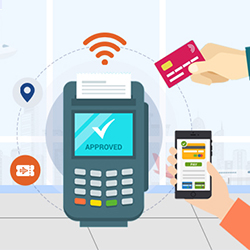
The Role of NFC in the Travel Industry
02 Nov 2023
-

World Tourism Day 2023: Unveiling the Future of Travel Technology
27 Sep 2023
-
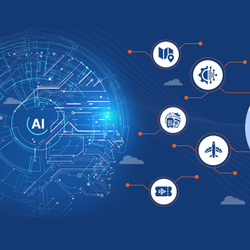
How is AI emerging in the travel industry?
21 Sep 2023
-
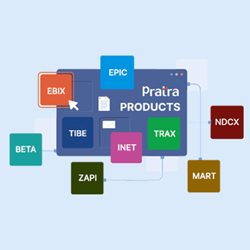
Pratra’s Innovative Travel Technology Products
04 SEP 2023
-

The Rise of Robots in Travel Industry and its Role in Enhancing Customer Experience
13 AUG 2023
-
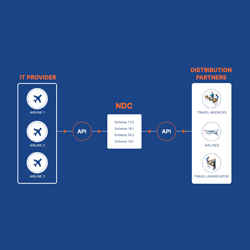
Difference between Conventional APIs and NDC APIs
01 AUG 2023
-

What is Travel API, and how can it help your business?
03 JUL 2023
-

Using AI to Empower Travel Advisors
05 Jun 2023
-

Top 5 Benefits of AR/VR Technology in the Travel and Tourism Industry
17 May 2023
-

Facial Recognition Technology and Contactless Check-ins in Modern Airports
05 Apr 2023
Let’s connect!
Our expertise is here at your disposal. We can’t wait to make use of it and help you succeed.

